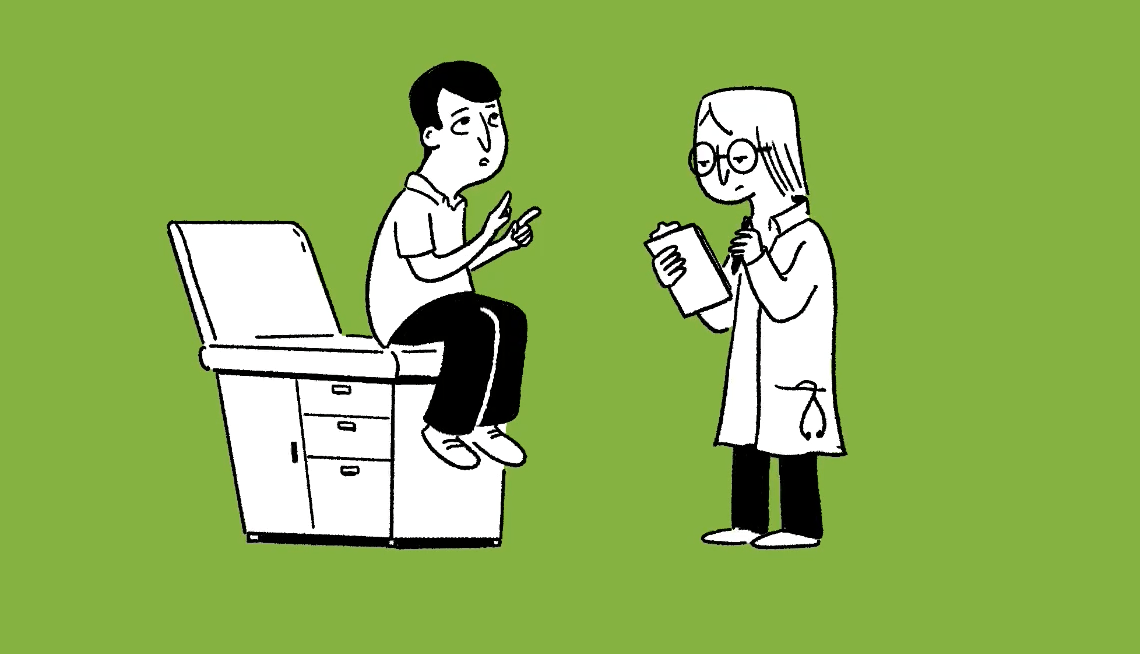
Do You Really Need an Annual Physical Exam?
- Select a language for the TTS:
- UK English Female
- UK English Male
- US English Female
- US English Male
- Australian Female
- Australian Male
- Language selected: (auto detect) - EN
Play all audios:

On my side, I’ll run through a checklist, which could be something like: “Have you seen your dermatologist, eye doctor, urologist? Have you had a colonoscopy, your mammogram, or a bone
density test?” I’ll ask whether your shots are up to date, which includes the current COVID vaccine, as well as those for flu, RSV, pneumonia, shingles and hepatitis A and B. If someone
doesn’t want to get vaccines, I never demand they change their mind, but at least I’ve offered an opportunity to think it over. Before we meet again in the examination room, the nurse will
draw my patient’s blood. If you’re sick when you see your doctor, blood work can be thrown off. That’s why during a wellness visit, we do a full panel that includes measures like thyroid and
cholesterol levels, inflammatory markers for the heart, and high-sensitivity C-reactive protein, which is a marker for inflammation of the blood vessels. There’s no reason to evaluate the
health of arteries and the heart if something could be falsely raising them. At the same time, I test for iron and B12 levels because as patients get older, they’re sometimes deficient
in these vitamins and minerals. Since sexually transmitted diseases are on the rise, I’ll also ask if the patient wants to test for STDs. While we’re in the examination room, I check vital
signs like temperature and heart rate, blood pressure, height and weight. I’ll look into their eyes, ears, nose and throat, then I'll press different areas of the body to feel the
size of their organs and look for lumps or other changes. I examine lymph nodes on the neck and shoulders and under arms. MORE FROM DR. ADAM I’ll also check reflexes by tapping with a small
rubber hammer. Older patients can lose sensation in their feet. If they don’t feel a light touch at the tip of their toes or the soles of their feet, there can be an increased risk for
wounds, balance issues and falling. An annual physical examination is not only a great way to check on your health, it’s a wonderful way to build rapport with your doctor. I understand that
nowadays some patients feel they don’t have enough time to be with their doctor and/or their doctor doesn't have enough time to spend with them. This kind of exam is an opportunity to
build your relationship. One more thing: Before leaving the office, be sure to make an appointment for next year’s annual examination.
